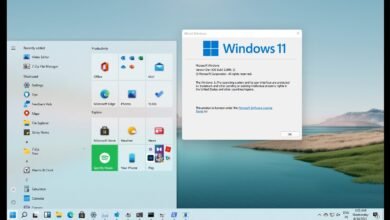The One and Only Guide That Makes Choosing the Best Smartphone Simple

Did you know that 294.1 million smartphone users are in the United States?
This increase in smartphone sales is credited in part to the pandemic. People need to stay connected with their friends and families to remain sane.
Now it may be time to pick a new phone. When it comes to smartphones, the quality of the components used in the phone is just as important as the overall design and user experience.
We’ll start by looking at the processor, camera, and display, as these are the three most essential components in any smartphone. We’ll then move on to battery life, storage, and connectivity, before finishing up with various factors.
By the end of this guide, you’ll know everything you need to choose the best smartphone. Keep reading to learn how to choose the best smartphone that is right for you.
Read More: When Is the Best Time to Buy a Smartphone?
User Interface and Software
When narrowing your options, looking at the user interface and software is an excellent place to start. It will be the primary way users interact with their phones, so choosing an intuitive and straightforward interface is essential.
Another thing to consider is what type of software and apps are available for the phone.
For example, if a customer is looking for a phone mainly for entertainment, they will want to ensure that the phone has access to the types of apps and games they are interested in.
By researching ahead of time, shoppers can make choosing a new smartphone much simpler. If you experience smartphone damage, you need to have a phone repair. Also, don’t forget to consider smartphone maintenance.
Read More: 16 Best 5G Smartphones for 2021
Battery Life
Battery life is one of the most important factors to consider. After all, what good is a phone if it can’t last through the day?
There are a few things to keep in mind regarding battery life. First, look at the phone’s battery capacity. This is usually measured in mah (milliamp hours), and the higher the number, the better.
Second, take a look at the phone’s screen resolution and size. The higher the solution and the larger the screen, the more power the phone will use and the shorter the battery life.
Finally, check out the phone’s processor. A faster processor will use more power and shorten battery life.











